The 6 Steps to Restore a Peat Bog

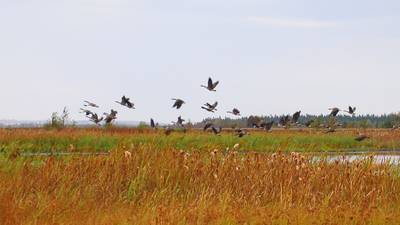
Since 1995, Premier Tech has completed restoration works by reintroducing Sphagnum on more than 1,900 acres of bog across Canada and the United States (2020). Is there anything to be proud of? Certainly, there is. If we go back 30 years, in Canada, peatlands that were no longer being harvested were left on their own. Even when knowledge was limited regarding the sustainability of resources, Premier Tech promoted university research in that field. In the 1990s, studies showed that leaving abandoned peatlands in the hands of Mother Nature did not always favor a return to original wetland conditions.
To remedy this situation, the Groupe de recherche en écologie des tourbières (GRET), under the direction of Dr. Line Rochefort of Université Laval in Quebec, carried out a project aimed at developing techniques to restore harvested peatlands. This project resulted in the Peatland Restoration Guide (F. Quinty and L. Rochefort) published by the Canadian Sphagnum Peat Moss Association (CSPMA). Reissued since its original release in 1997, this tool remains today the reference for Canadian peat moss producers, who are committed to the sustainable management of peatlands and the protection of unique ecosystems, such as peat moss harvesting sites.
To understand this, if you are wondering: What is Sphagnum peat moss and where does it come from? We invite you to read this complementary article.
Peat Bog Restoration: How We Do It
The approach used in Canada promotes the reintroduction of peatland species to accelerate the formation of a new plant carpet, as well as water management to raise and stabilize the water table. To ensure that this is done correctly and efficiently, restoration planning is the key and takes the longest time. Planning for areas of peatland to be restored should be done 1 to 5 years in advance to identify needs and appropriate options, and to assess the time and resources required to implement them all.
There are two main steps in this planning process: first, describing the site conditions, the purpose and objectives of the restoration, and then planning the operations required to achieve them. Most of the initial remediation (Steps 1-2-3-4) takes place over approximately one month, either in the spring or fall. The main steps in restoring a peat bog are briefly described below.
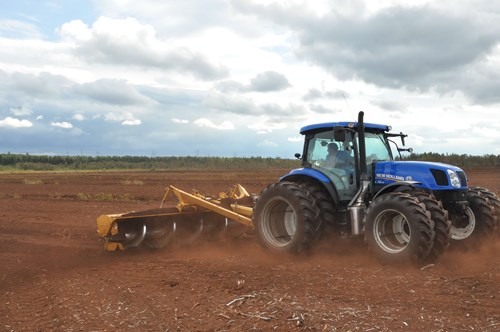
Step 1: Land Preparation
This first step aims to prepare the peat bog so that the fragments of plants that will be reintroduced can settle and grow in the best possible conditions. A few objectives are targeted, such as allowing for greater water retention on the site, promoting uniform water distribution, removing surface peat that would prevent contact between the plant fragments and the peaty substrate, and removing or using the vegetation present on the site (depending on the species already colonizing it). To achieve this, several actions can be taken, such as modifying the profile of the beds, filling channels and building dikes.
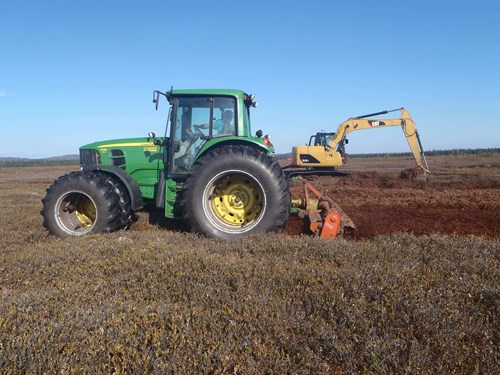
Step 2: Harvesting of Plants from Donor Sites
To accelerate the formation of a new plant carpet, the practice in Canada is to introduce plants, especially Sphagnum mosses, which are partly responsible for the unique characteristics of ombrotrophic bogs. It must also contain other plant species since Sphagnum mosses are slow to establish. Where do we find these plants? On donor sites such as natural bogs. Plant harvesting involves shredding the surface vegetation and then collecting it. When harvesting is done properly, there is no permanent damage to donor sites and the plant cover re-establishes quickly.
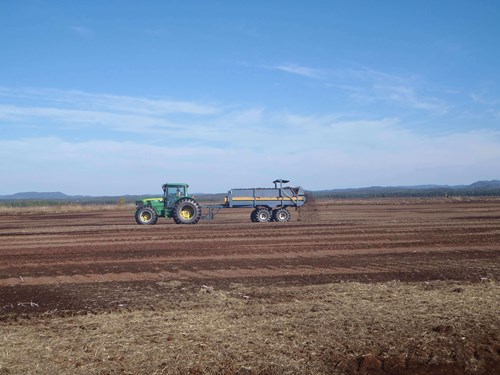
Step 3: Spreading Plant Over the Site to Restore
Once the plants have been harvested from the donor sites, they must be spread over the site to restore in the correct quantity, to form a uniform layer on the peaty substrate.
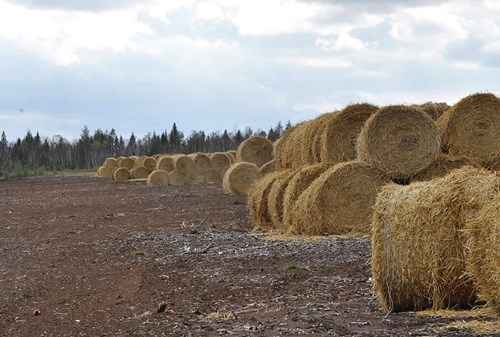
Step 4: Application of Straw to Protect the Plant Fragments
When plant fragments are spread on the site to be restored, they face very difficult conditions. To help them to become established, straw is used as a protective cover. In addition to creating a "roof" for the plants in the form of a layer of air that remains cool and moist on the soil surface and isolated from the ambient air, it helps to maintain the water table at a higher level and prevents damage to the plants by frost heave.
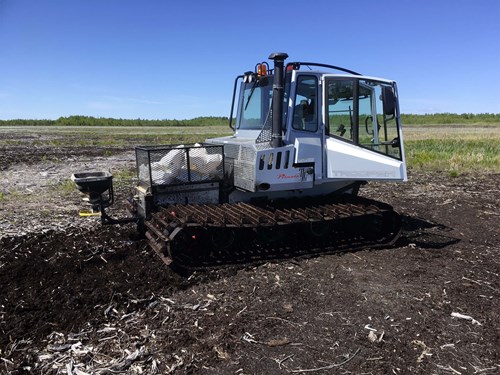
Step 5: Fertilization (optional)
Fertilization is an optional step, which can be carried out in the first few years after restoration. As it is very expensive, it is generally favoured when the restoration has been more laborious. In this case, the fertilizer used (not just any fertilizer) must contain exclusively phosphorus, specifically phosphate rock, which releases phosphorus very slowly in small doses, which helps plant germination and establishment.
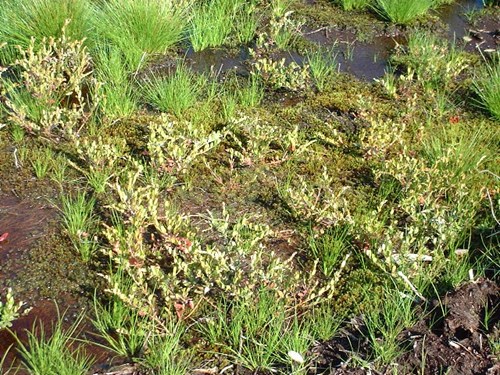
Step 6: Monitoring
Restoration monitoring is conducted for at least 10 years after restoration is started, often for scientific research purposes, to further the knowledge we collectively have in this area. The company that carried out the work remains liable throughout this period until the government gives its approval to end the lease and/or certificate of authorization that tied it to the peat bog. It is during this decade that follow-up is evaluated to determine whether the work carried out was successful.
For many years, sustainable peatland management and the protection of ecosystems, such as Sphagnum peat moss harvesting sites have been firm commitments at Premier Tech. The long-term effort of several years is certainly worthwhile, as is the question of preserving the vitality of these environments and important resources for future generations.
Reference:
Peatland Restoration Guide, 2nd Edition, François Quinty and Line Rochefort.